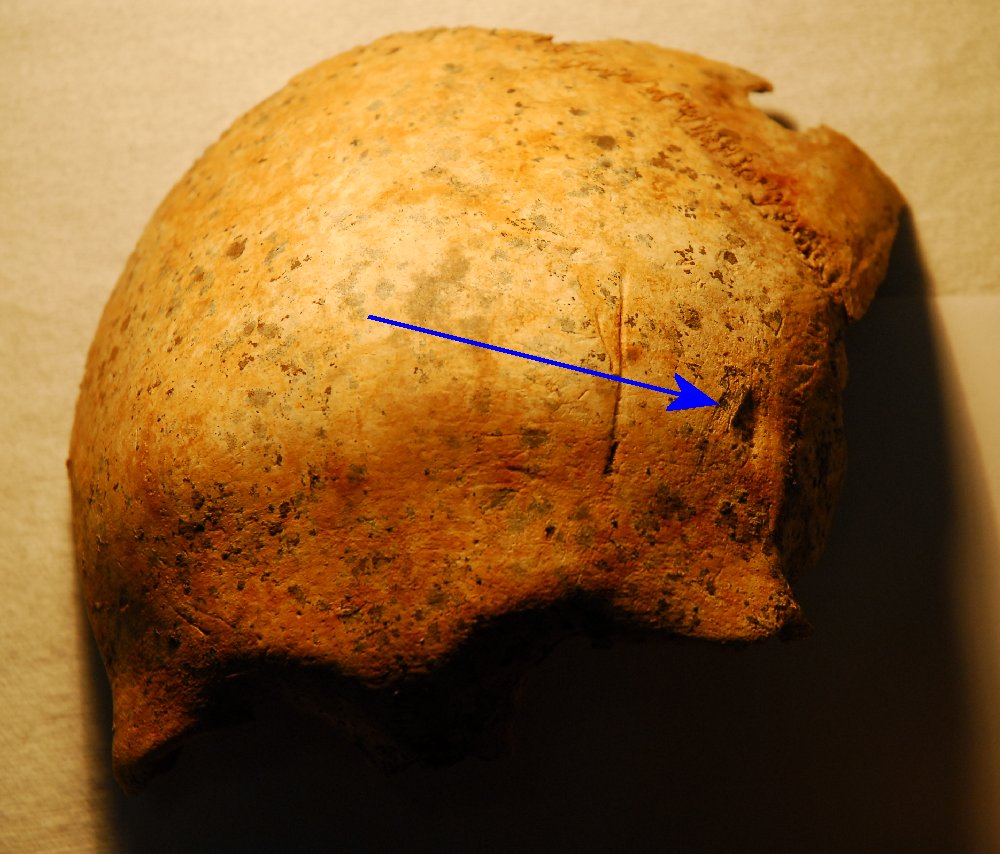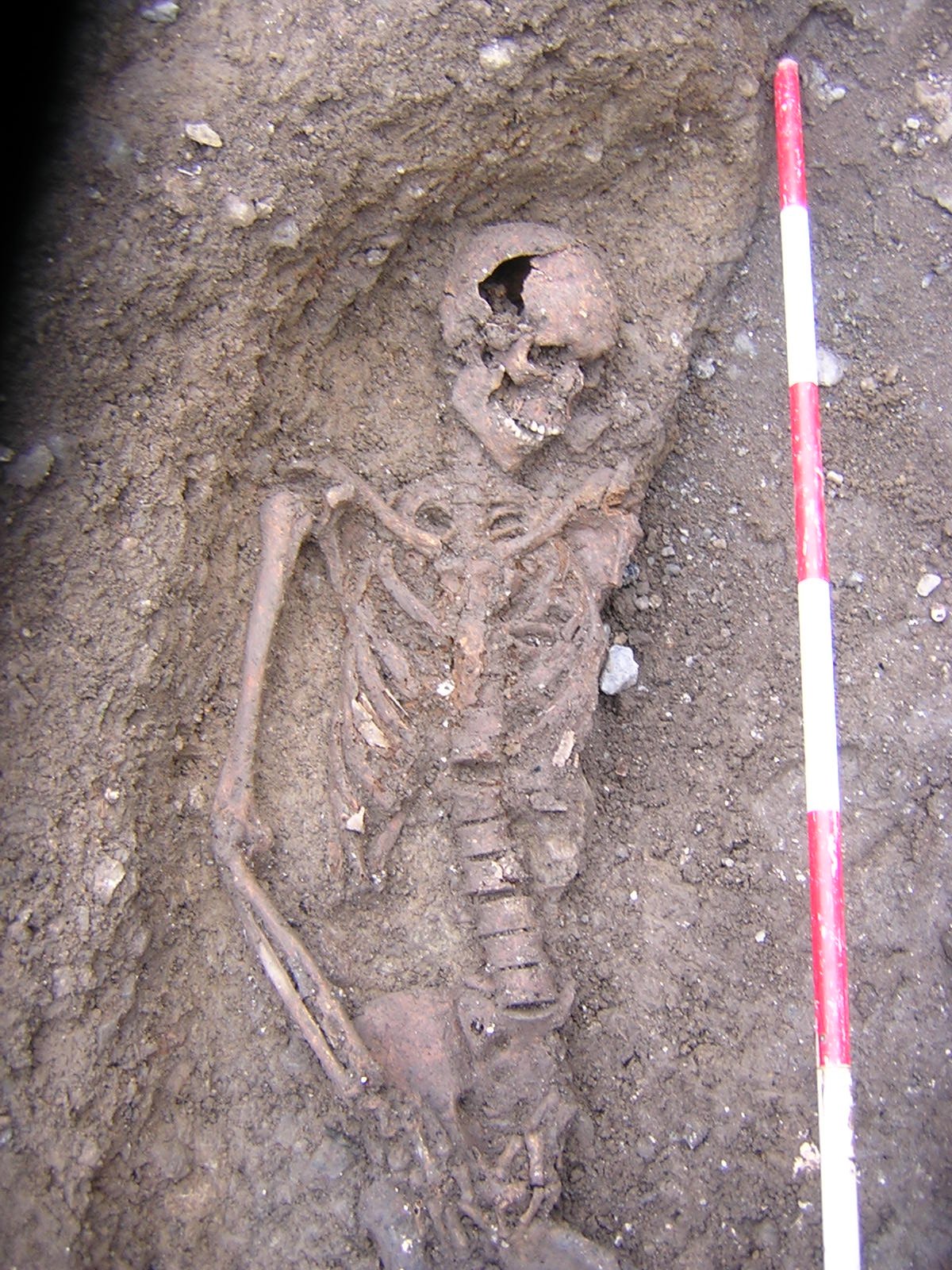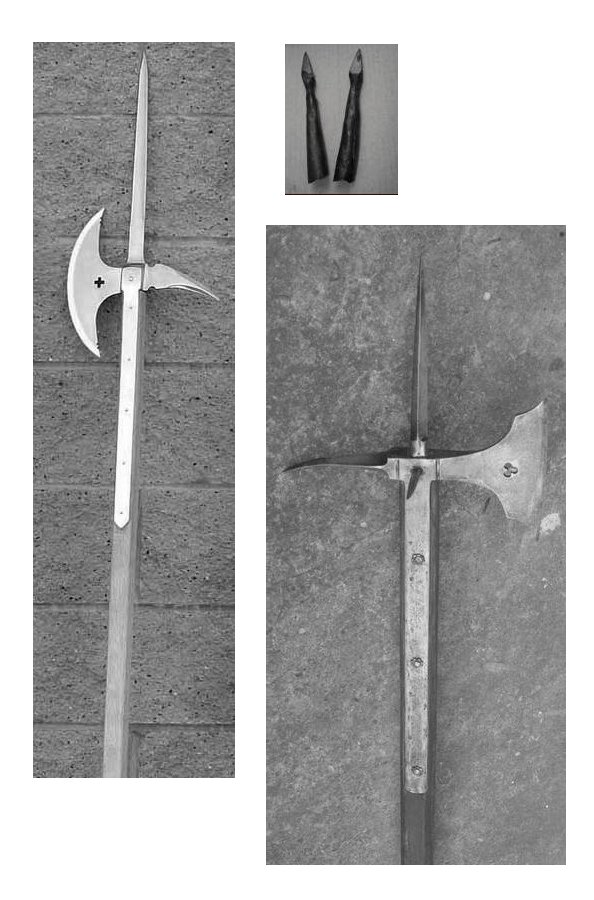Gathering stuff from the internets on Beer, Archaeology, the Environment, Aquaponics and anything else that strikes us as interesting, since May.
On Charles Krauthammer and drilling oil in the Arctic, U2’s planning permission, binge drinking and the nanny state, the origins of Heather Ale, and God, hate crime and the desecration of the host.
Sometimes I enjoy Charles Krauthammer’s Irish Times tirades (syndicated from the Washington Post, I think), his Myers like contrariness and his frequent right wing diatribes. But todays environmentalist-baiting opinion piece just annoyed me. Every year, and particularly in the year of the run up to the US election, the question of drilling for oil in the Arctic National Wildlife Refuge (ANWR) and offshore on the US continental shelf is brought up for debate. And in todays IT CK does just that again. He presents his case couched in the usual rhetoric, trying to stampede public opinion with his ill researched panic-inducing commentary, with such gems as the current US government policy of outsourcing its oil production resulting in the pouring of money ‘into the treasuries of enemy and terror-supporting regimes’ and ‘growing dependence on unstable states of the Persian Gulf and Caspian basin’ in order to promote the neo-con agenda of US domestic drilling in environmentally sensitive and traditionally protected areas such as the ANWR.
His point about corrupt and dysfunctional States such as Nigeria controlling production beggars belief – that if US oil giants were allowed pursue the vast wealth of the Alaskan Refuge in their environmentally friendly ways, this would somehow negate the negative impact of other less conscientious exploration companies in those other terrible foreign places! But he fails to point out that, as we’ve noted on this blog before, notwithstanding the fact that offshore drilling will never likely have an impact on oil prices in the US (see here, here, here, here, and here) the cumulative effect of drilling in the ANWR (some commentators we’ve read have pointed out that the oft-quoted estimate repeated by CK that the oil giants only want an area ‘one-sixth the size of Dulles Airport that leaves untouched a refuge one-third the size of Britain’ is a vast underestimate and doesn’t include the additional infrastructure, roads, etc. For example see here) and the precedent it would set would alter the positive moves globally to enjoy our planet and its resources sustainably.
Back here in Irelandland, sustainable and responsible development took a blow with the decision by an Bórd Pleanála to allow the U2 led Clarence development to proceed, a proposal which we discussed here recently. Perhaps its panic that led them to allow the development, or I guess, as Garry Miley pointed out several months ago (in a Sunday Tribune article re-posted on his blog here) it was inevitable that they would be afraid to turn down a Norman Foster designed, U2 backed project and the international approbation and negative media attention it would attract. As Garry points out in another recent post ABP ‘have created a precedent for demolishing listed buildings so, if you have one you want to get rid of, now’s the time’ and, more seriously, that a dangerous precedent has been set regarding planning, facadism and the obvious double standards that exist in our planning system.
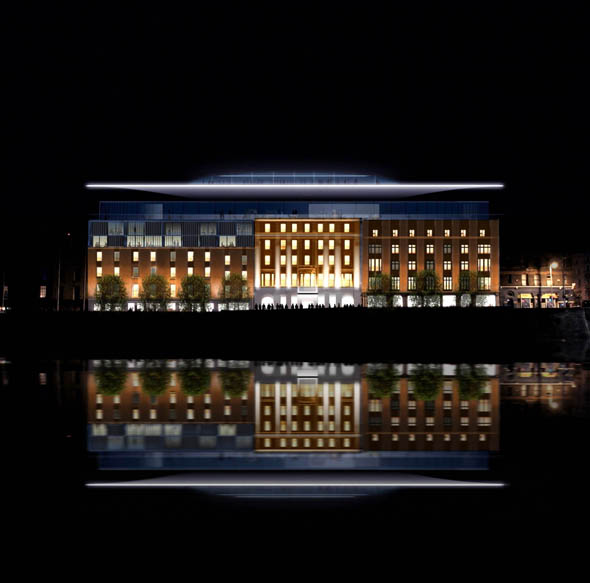
Visualisation of proposed Clarence Hotel
On beer, much has been said across the interweb about the nanny states of Ireland and her majesties kingdom of GB of the NI, and the continued efforts to control drinking and the exaggerated claims of binging and violence on the streets from Ballyheane to Birmingham. Beernut bemoans the recent kneejerk reaction of the Irish government and le craic discusses this reactionary new legislation forcing the closure of off-licences from 10pm, while Pete promises he’ll stop banging on about the binge drinking hysteria and neo-prohibitionism soon.
Really well researched post at Zythophile on the origins of heather ale here.He debates the origins of the drink and mentions the folktales surrounding heather ale and just how good it allegedly was, as well as its possible Norse origins.
But in fact the Irish have just as great a claim to be the home of heather ale, with good evidence that it was brewed in Ireland and exactly the same folk myths found in Ireland about “the most delicious drink the world has ever known” and the father and son who died to keep its recipe a secret that are also found in Scotland…
And finally for this Assemblage there’s religion, or more specifically, the month what was in it for Catholicism in the US. A story which didn’t garner much attention over here but certainly caused quite a stir in the blogworld in the US and A as well as the mainstream US press concerned Catholics getting very angry with PZ Myers and his sceptical cohorts. In short, a University student in what appears to have been an act of pique, and in a somewhat puerile act of defiance to his University funded Catholic church, took the host home with him and essentially kidnapped it. He’s returned it since, been accused of hate crime and summarily expelled from his University, but PZ Myers took up the cause and requested that people send him a host (or ‘cracker’ as he’s taken to calling it) which he duly ‘desecrated (for a rough sequence of events explaining it all see here, here, here (for ‘the Great Desecration post), here and here).
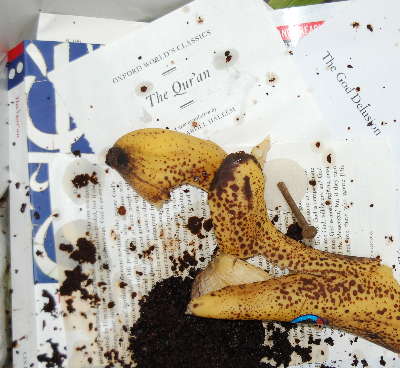
The Great Desecration (photo:Pharyngula)
The result as you can see from the posts linked to above – death threats and more… Despite the silliness of taking the host in the first place (and the fact that it’s just plain rude), the reaction of American Catholics has been seriously over the top. I can only imagine what a similar act would result in here.
Addendum: Late evening addition – Do go visit spEak You’re bRanes…



